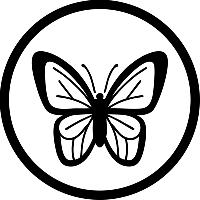Top Ten Drought Tolerant Plants
Our Crew members weighed in on their favorite drought tolerant plants.




Out of stock
Coming soon, still growingA compact version of Angelina, with a finer texture and a more tidy form. Produces few flowers in order to maintain its neat, showy form. The foliage takes on orange and red tones in cooler weather.
Discover an unparalleled selection of perennials at Gertens! With the largest variety in Minnesota, we offer endless options of colorful perennials, natives, and pollinator plants to beautify your garden year after year. From vibrant flowers to lush foliage, our perennials are perfect for adding beauty and charm to your outdoor space. Visit Gertens today and see why we're known as Minnesota's Destination Garden Center!
A compact version of Angelina, with a finer texture and a more tidy form. Produces few flowers in order to maintain its neat, showy form. The foliage takes on orange and red tones in cooler weather.
| Common Family Name | Sedum |
|---|---|
| Gerten Grown Plants | Gerten Grown Plants |
| Sun Preference | Full-Sun |
| Bloom Time | June, July |
| Mature Spread (Range) | Under 12" |
| Mature Height (Range) | 7-12" |
| USDA Hardiness Zone | 4, 5, 6, 7, 8, 9 |